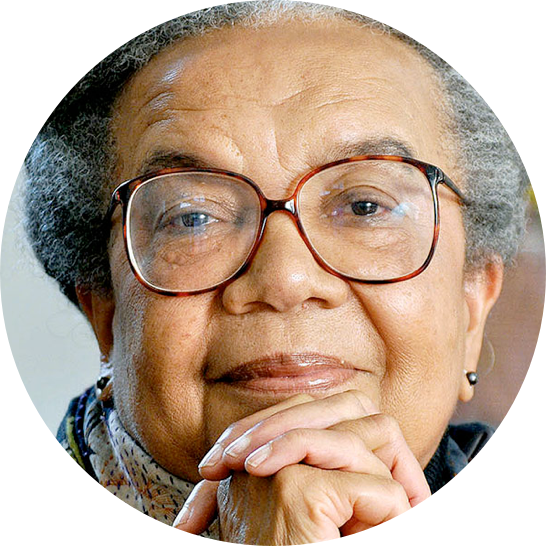All of us have a responsibility to honor the leaders who came before us and paved our way. We have a special obligation to preserve the homes and other physical places that serve as a tangible connection between history and the next generation. Thousands of people who never had the privilege of meeting Dr. Martin Luther King, Jr. in person visit Atlanta every year to walk along Auburn Avenue, step inside the Heritage Sanctuary at Ebenezer Baptist Church, and tour the house at 501 Auburn where Dr. King was born. When they do, for a little while they have the chance to feel as if they were walking in Dr. King’s footsteps. There are many similar historical sites that play a key part in our shared story, and we need to support ongoing preservation attempts to keep these places—and the memories they hold—alive for our children and grandchildren.
One is the W.E.B. Du Bois Boyhood Homesite in Great Barrington, Massachusetts. Many people know Dr. Du Bois’s name and know he was one of the first great Black Civil Rights and intellectual leaders. He was the first African American to receive a Ph.D. from Harvard University, a founding leader of the National Association of Colored People (NAACP), and the founding editor of the NAACP’s journal The Crisis. He wrote many influential books and articles, including the classic The Souls of Black Folk, and remained a tireless crusader for the rights of Black people around the world until his death in Ghana at age 95 on August 28, 1963, the same day as the famous March on Washington, when Dr. King gave his “I Have a Dream” speech.
But not everyone knows that Dr. Du Bois grew up in New England. His childhood home in western Massachusetts, which was on property that had been in Du Bois’s mother’s family for 200 years, tells its own stories about the legacy of free Blacks in that region. Sadly, even though Du Bois treasured the property and was thrilled when he gained ownership of it as an adult, the house fell into ruins after his death. But happily the site is now a National Historic Landmark, and the group Friends of the W.E.B. Du Bois Homesite is working with the Du Bois Center of the University of Massachusetts Libraries to restore and maintain it. We need to support and champion their efforts.
It was too late to save Dr. Du Bois’s actual home, but an example of an ongoing successful drive to restore a key historical site is the Harriet Tubman Home in Auburn, New York. Tubman bought land in Auburn in 1857 with the assistance of abolitionist Senator William Seward, a few years before her final rescue mission trip South as “Conductor of the Underground Railroad.” Her house and several other buildings on the property became a haven for her family and other friends, boarders, and guests. Like Frederick Douglass and Sojourner Truth, Tubman was a member of the African Methodist Episcopal Zion (AME Zion) Church, and near the end of her life she deeded her property to the church so it could carry on her work there running the John Brown Home for the Aged.
The home closed a few years after Tubman’s death in 1913, and the property fell into disrepair over the next several decades. But in the late 1940s the AME Zion Church, women’s clubs, and the city of Auburn began raising money to restore the house, which was dedicated in 1953. The AME Zion Church was still supporting the Harriet Tubman Home when Reverend Lula Williams began working there in the early 1970s. As Reverend Williams looked through a few pieces of Tubman memorabilia on display during her first visit to the house, her eye was drawn to several 19th-century newspaper clippings folded up in an old Bible, and she decided to see what she could do to preserve the articles properly. That first preservation work eventually grew into a drive to refurbish the entire house as a memorial to Tubman, supported in part by fundraising from AME Zion congregations across the world. From restoring the wood floors to searching for period antique furnishings to planting gardens on the property, Reverend Williams was involved in every effort. She founded the Harriet Tubman Memorial Library at the site and eventually became the curator when the restored house became the Harriet Tubman Museum. Tubman’s property is now designated as a National Historic Landmark. Reverend Williams remembers what a joy it was to be involved in recreating Tubman’s life in Auburn and how deeply she continues to be moved by Harriet Tubman’s legacy: “She showed that a purposeful life keeps on giving and can inspire people beyond your lifetime.”
Sacred places like these help all of us to keep a connection to these leaders and our legacy of struggle for freedom and justice. As these leaders continue to live on and inspire us, they also remind us that freedom is not free and that we must constantly be vigilant. We all need to do what we can to preserve and support these special sites for generations to come.

